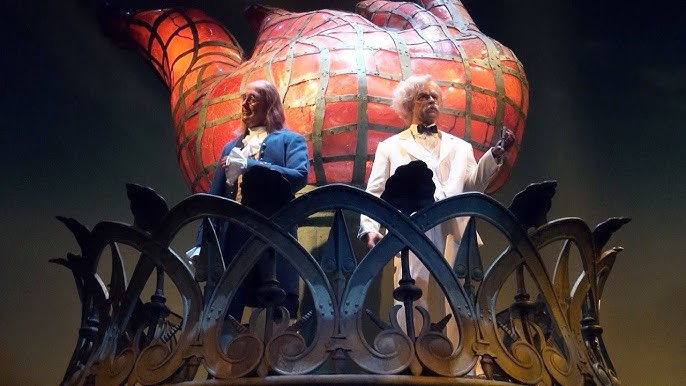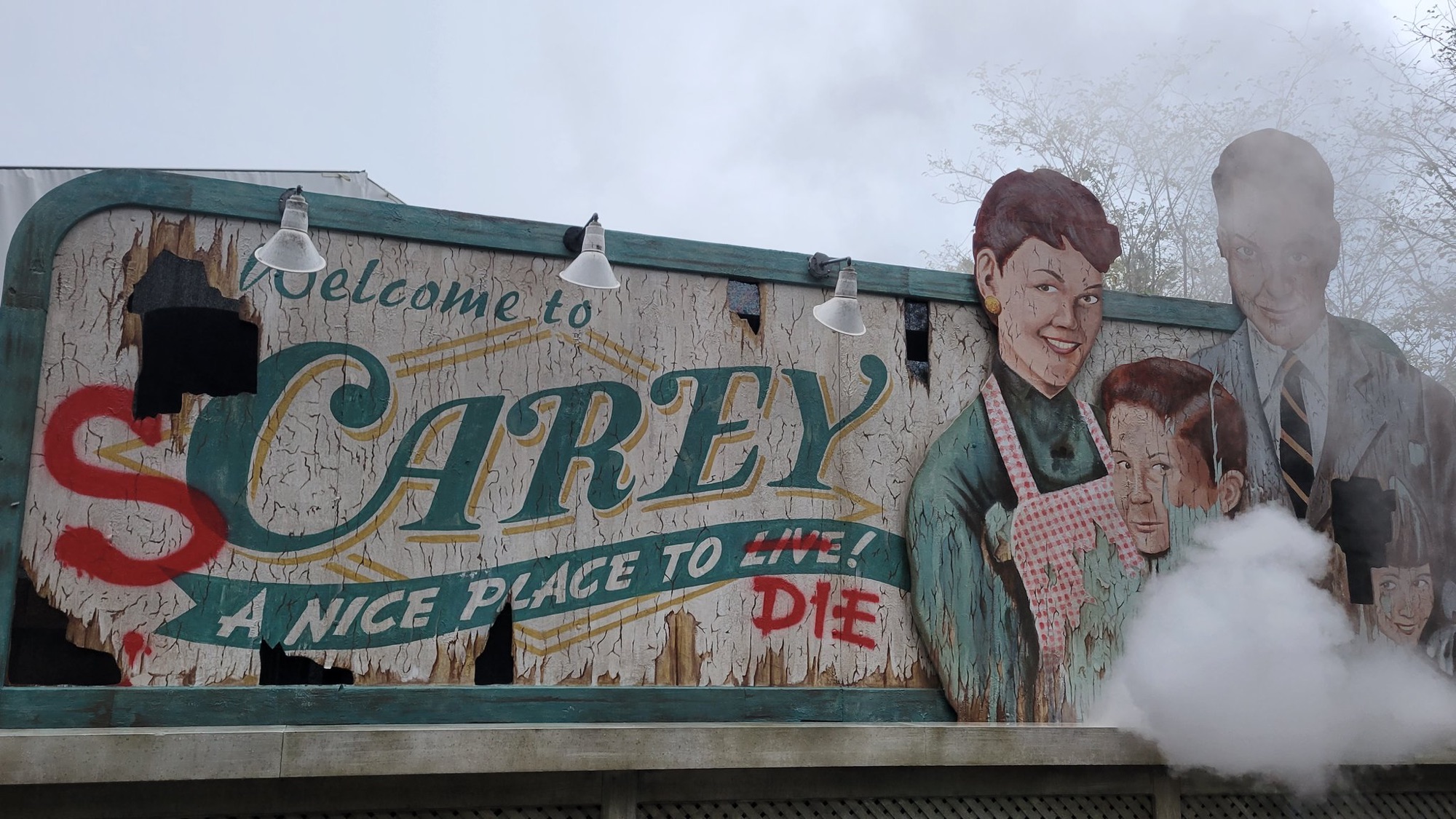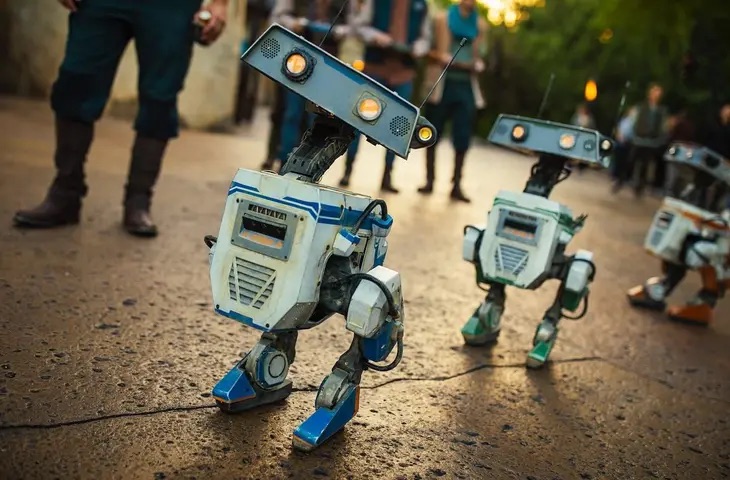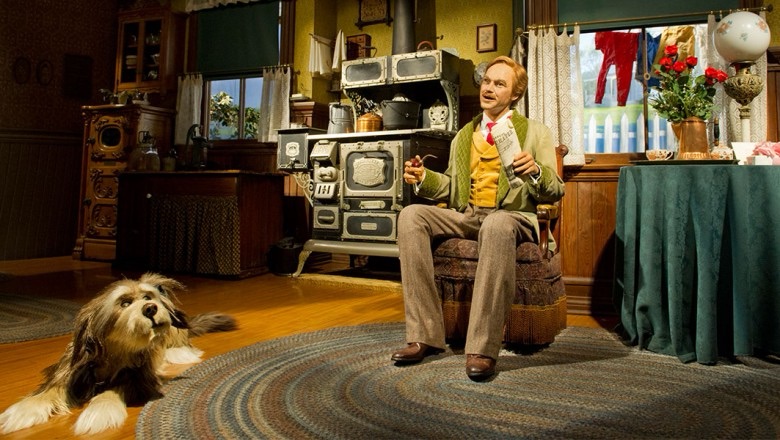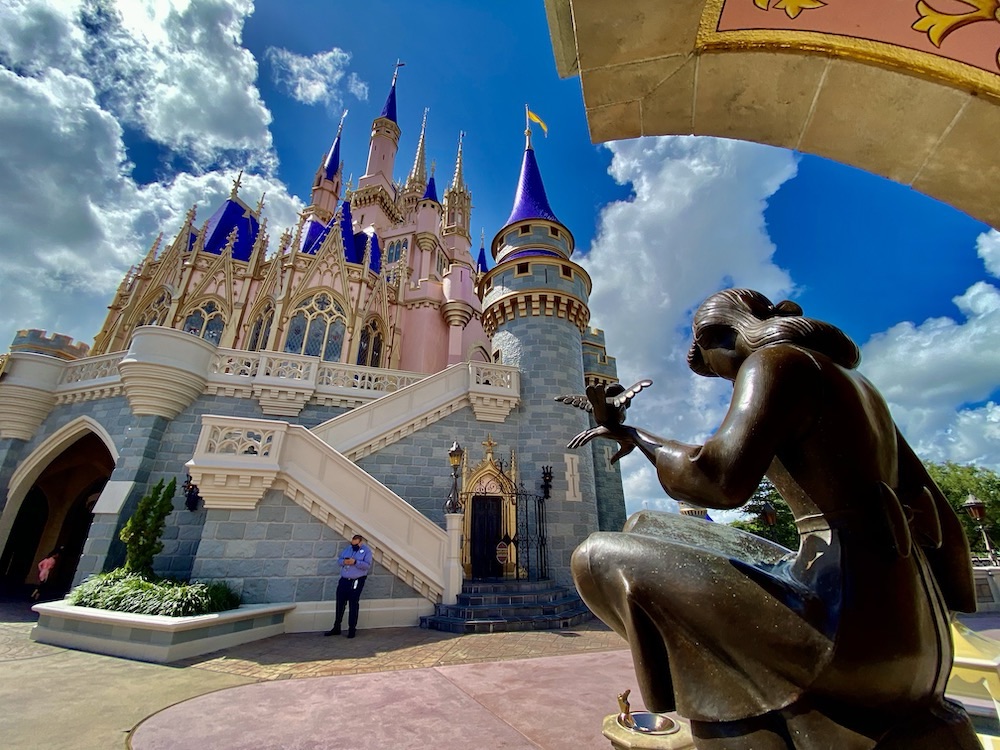Show Control is the heartbeat of any theme park attraction. It ensures that every light, sound, animatronic, and special effect works seamlessly together to create an immersive experience for visitors. At its core, Show Control is a sophisticated network of systems designed to synchronize various show elements, ensuring they trigger at the precise moment, enhancing the overall experience. This article delves into how Show Control works, the technology behind it, and the key players in the industry, while also exploring career paths in this dynamic field and introducing a notable open-source project.
A Simple Example of Show Control in Action
Imagine you’re on a dark ride at a theme park. As your vehicle moves through the attraction, you pass by a scene with animatronic characters, lighting effects, and sound. The moment your vehicle reaches a certain point, the lights dim, the animatronics spring to life, and the sound of a roaring dragon fills the air. This seamless sequence of events is orchestrated by a Show Control system, which has been pre-programmed to trigger each element as the ride vehicle passes specific points.
For someone not technically minded, think of it like pressing play on a video game controller. Each button press triggers an action in the game—whether it’s jumping, shooting, or interacting with an object. In the same way, Show Control systems trigger actions (like lighting a scene or starting an animatronic) when certain conditions are met, such as the ride vehicle passing a sensor.

The Technology Behind Show Control
To ensure that all show elements are perfectly synchronized, theme parks use advanced technologies such as message queues and brokers, including popular systems like RabbitMQ. These technologies allow for the efficient management and delivery of messages between different components of the show.
Message Queues and Brokers
A message queue is a component that holds messages sent between different parts of a system. Imagine a queue as a line at a theme park—each message (or person) waits its turn to be processed. A message broker, like RabbitMQ, acts as the organizer of this line, making sure that each message is delivered to the correct recipient in the right order and at the right time.
In Show Control, messages are sent between the central controller and the various show elements (such as lights, animatronics, and audio systems). The message queue ensures that these messages are delivered reliably, even if there are network delays or other issues. The broker manages the flow of these messages, ensuring that each show element receives its instructions precisely when needed.
Synchronizing Show Elements
One of the critical challenges in Show Control is ensuring that all elements are synchronized. For example, in a complex scene where multiple animatronics, lighting effects, and audio tracks need to play together, it is essential that all components receive their cues at the same time. This is where time synchronization comes into play.
Show Control systems can use time codes or synchronization protocols to ensure that all elements are perfectly in sync. Additionally, messages can be programmed to execute with a slight delay to ensure that every element has received the message before executing its part of the show. This method ensures that all elements are ready to play their roles simultaneously, creating a cohesive and immersive experience.
Leading Show Control Companies
Several companies are at the forefront of Show Control technology, providing the systems and expertise necessary to create the complex, immersive experiences found in theme parks and live entertainment venues around the world. Below are descriptions of some of the key players in the industry.
Alcorn McBride
Alcorn McBride is a renowned leader in the Show Control industry, specializing in audio, video, and control systems for themed entertainment, museums, and attractions. The company is known for its reliable, rugged products that are designed to operate continuously in demanding environments. Alcorn McBride’s Show Control systems are praised for their ease of integration and are commonly found in some of the world’s most famous theme parks.

The company’s founder, Steve Alcorn, is a pioneer in the field of Show Control. He played a pivotal role in the development of Disney’s Epcot, particularly in designing the Show Control systems for The American Adventure pavilion, which debuted in 1982. This landmark project was one of the first to implement sophisticated Show Control systems, syncing animatronics, video, and audio to deliver a seamless storytelling experience.
Steve Alcorn is also the author of Building a Better Mouse, a book that provides an inside look at the challenges and triumphs of building The American Adventure. The book is a valuable resource for anyone interested in themed entertainment and Show Control, offering detailed insights into the technical and creative processes involved in bringing complex attractions to life.
Gilderfluke & Co.
Gilderfluke & Co. is a prominent manufacturer of animation control and Show Control systems. Their products are known for their flexibility and scalability, making them suitable for everything from small displays to large, complex shows. Gilderfluke systems are used to control a wide range of show elements, including animatronics, lighting, and audio. The company has a strong reputation for innovation and has been a key player in the evolution of modern Show Control systems, offering solutions that cater to both traditional and cutting-edge attractions.
MediaMation
MediaMation is a global leader in immersive experiences, offering advanced Show Control systems for 4D theaters, motion simulators, and interactive attractions. The company is known for its innovative approach to blending physical effects with digital content, creating highly engaging experiences. MediaMation’s systems are designed to integrate seamlessly with various show elements, providing synchronized control over audio, video, lighting, and special effects. Their expertise extends across multiple entertainment sectors, including theme parks, cinemas, and museums, where they consistently deliver cutting-edge solutions.
These companies represent the pinnacle of Show Control technology, each contributing unique innovations and solutions that enhance the guest experience in themed entertainment and beyond. Their products and systems are integral to the operation of some of the world’s most beloved attractions, ensuring that each show element works in harmony to create a truly immersive experience.
Skills, Experience, and Careers in Show Control
Pursuing a career in Show Control offers the opportunity to blend creativity with technical expertise. This field is crucial to the successful operation of theme park attractions and live shows, requiring a unique set of skills and qualifications.
Key Skills and Experience
- Technical Proficiency: A strong foundation in electronics, computer programming, and networking is essential. Show Control systems often involve working with complex networks, control protocols, and audio-visual equipment. Knowledge of programming languages such as C++, Java, and Python is highly beneficial, as many Show Control systems rely on custom scripts and software for automation and synchronization.
- Problem-Solving Abilities: Show Control professionals must be adept at troubleshooting and resolving technical issues quickly. This skill is critical during live performances or ride operations where there is no room for error.
- Attention to Detail: Precision is key in Show Control. Whether it’s programming the exact timing of an animatronic movement or syncing a sound effect to a visual cue, every element must be perfectly aligned.
- Project Management: Experience in managing large, complex projects is valuable. Show Control projects often involve coordinating multiple teams, including engineers, designers, and operators, to ensure everything works seamlessly together.
- Creativity: While Show Control is highly technical, creativity is also important. Professionals in this field often work closely with designers and artists to bring imaginative concepts to life, ensuring that the technical execution matches the creative vision.
Educational Pathways
To enter the field of Show Control, a bachelor’s degree in a relevant discipline such as Electrical Engineering, Computer Science, or Mechanical Engineering is typically required. Some universities also offer specialized programs in Entertainment Technology or Themed Entertainment Design, which can provide more targeted education for this career.
Internships and hands-on experience are crucial in this field. Many professionals start their careers in technical roles within live entertainment or theme parks, gradually moving into Show Control as they gain experience.
Job Titles in Show Control
Some common job titles in Show Control include:
- Show Control Engineer: Responsible for designing and maintaining the systems that control show elements, including lighting, audio, and animatronics.
- Show Programmer: Focuses on programming the sequences and timing for show elements, ensuring they synchronize with the overall experience.
- Technical Director: Oversees the technical aspects of a show or attraction, ensuring that all systems function correctly and are properly integrated.
- Automation Specialist: Works specifically with automated systems, such as animatronics and ride control systems, to ensure precise operation.
ShowControl4J: An Open Source Show Control Project
For those interested in diving deeper into the world of Show Control, there is an exciting open-source project called ShowControl4J. This project was started by James Hare, a veteran Software Engineer with over a decade of experience in the themed entertainment industry, working with companies like Walt Disney Attractions Technology, Accesso, and Atlassian.

ShowControl4J is a Java-based library designed to provide a flexible and powerful mechanism for connecting Show Elements (such as LEDs, speakers, servos, and motors) and Show Triggers (including push buttons, motion detectors, RFID tags, and IO keyboards). It can be deployed to a microcontroller, such as a Raspberry Pi. This system allows users to group together visual and sound effects, creating cohesive and synchronized show experiences for themed attractions or live performances.
Developers and engineers interested in contributing to or using ShowControl4J can access the ShowControl4J project on GitHub. For a more in-depth understanding of the project, James Hare has also published a detailed Technical Design available on Medium.com.
The world of Show Control is a dynamic and essential part of the themed entertainment industry, blending the artistry of storytelling with cutting-edge technology. Professionals in this field need a diverse set of skills, including technical proficiency, problem-solving abilities, and creativity. A career in Show Control often begins with a strong educational foundation in engineering or computer science, supplemented by hands-on experience in the entertainment industry.
As the demand for immersive and technologically advanced attractions continues to grow, the role of Show Control engineers and programmers will become increasingly important, ensuring that every show and ride is a seamless and unforgettable experience for guests.

